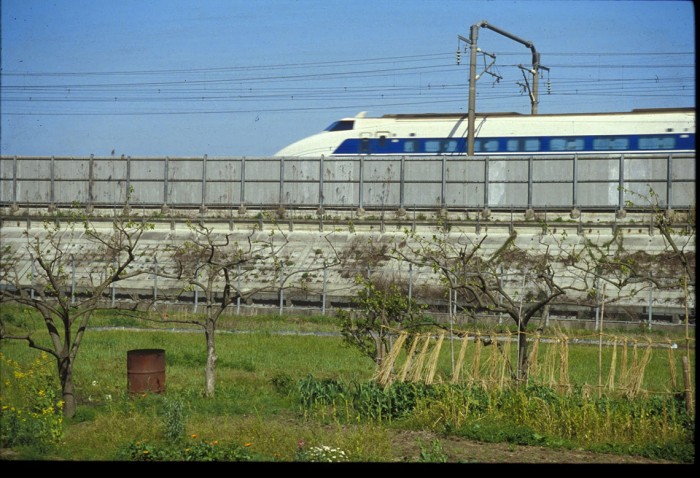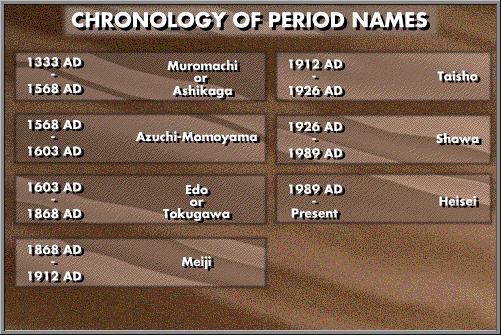
The great highways of the Edo period, such as the Tokaido and the Nakasendo, fell into relative decline after the Meiji Restoration of 1868. The ‘alternate residence’ system (sankin kotai) had been abolished a few years earlier, and the roads no longer had to support frequent daimyo processions. Furthermore, the imperial court moved to Tokyo (formerly Edo), so there was no longer a need for official envoys to travel between the Shogun’s court and the old capital at Kyoto. Perhaps the biggest blow to the old highways, however, was the completion in 1889 of the Tokaido railway line, connecting Tokyo and Osaka. The journey could now be made in a matter of hours rather than days, and in much greater comfort.
Subsequent improvements to the rail network, the electrification of lines, and, in particular, the construction of the ‘bullet train’ line (Shinkansen) in the 1960s further enhanced the appeal of the railways. Today the journey between Tokyo and Osaka can be made in less than three hours. Since the completion of the Shinkansen, however, another great change has taken place. The increased affluence of the Japanese in recent decades has been matched by a massive increase in car ownership. In 1960, there were 1.4 million motor vehicles on the roads. By 1990 the number exceeded 60 million.
As far as passenger transport is concerned the share of all passenger miles carried by rail has fallen from just over 50 percent in 1965 to less than 30 percent in 1990. Despite images of crowded stations and packed commuter trains, the fact is that more than two thirds of all journeys in Japan today are made by car. Freight transport has undergone an even more remarkable change. In 1955, 50 percent of all freight (measured in terms of ton-miles) were carried by rail, but now the figure has fallen to a mere five percent. Much of the remainder is carried by ship, as it was in the Edo period, but today the most popular form of freight transport is by truck. Customers prefer the convenience of door to door deliveries, especially as industry moves to the ‘just in time’ mode of production.


The increase in road traffic has clearly necessitated the building of new roads and highways, as well as bridges, tunnels, and so on. Since the early 1960s the greatest efforts have been directed to multi-lane expressway construction, linking the major urban centers. The Meishin (Kobe – Nagoya, 1963) and Tomei (Tokyo – Nagoya) Expressways were the first to be completed, and now the network extends more than 2500 miles across virtually the entire length of Honshu island. Other national highways have also been upgraded, including those which follow the line of the old Nakasendo. Fortunately most of the old highway was not considered suitable for upgrading to a modern through road, and was by-passed instead. Since it is the modern roads and expressways which attract new industry to a region, this also means that most of the historical landscape surrounding the Nakasendo has been spared destruction by recent industrial development.

